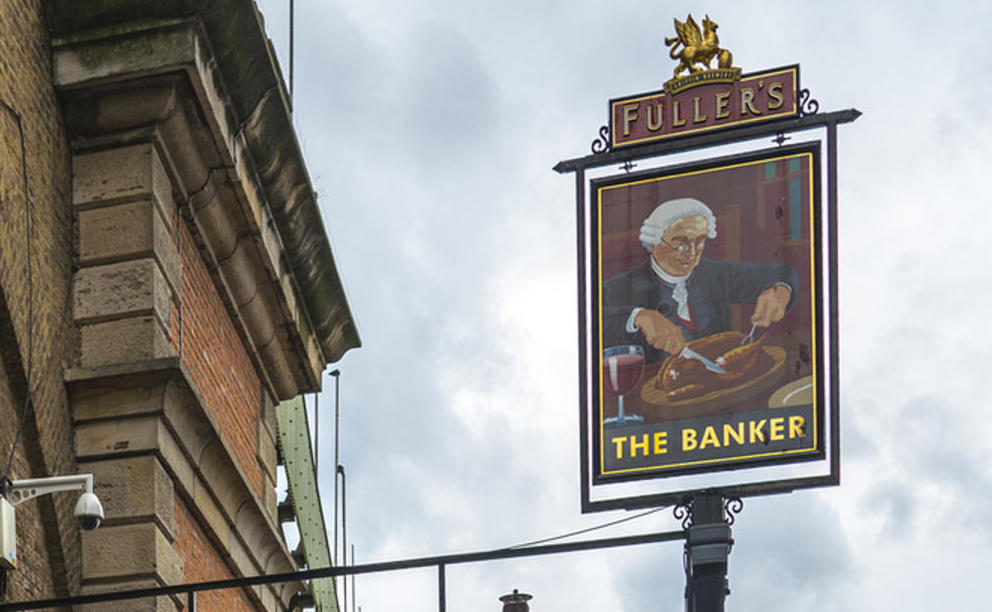I’m between rental flats in London and chose to rent a cottage in Essex for two weeks. I found it on Airbnb and paid the landlord ca £1000 for that. Crazy prices around London.
The landlord got most of it, Airbnb got a good margin, but I was fascinated to pay £2 to my bank as a hidden fee on my debit card. It doesn’t show up anywhere on my card statement, but this is what Airbnb had to pay to the bank that issued my card in what is known as an interchange fee.
Interchange kills competition
Interchange is a curious phenomenon – an arrangement that renders the magic of free-market competition limp and powerless. It is a 3-way agreement between the issuing bank (e.g HSBC), the card scheme (e.g. Visa) and the merchant (e.g. Amazon) – that a percentage of the transaction fee should be paid to the issuer. In practice it is really only an agreement between the card scheme and issuing banks. The monopolistic position of Visa and Mastercard leaves the merchant without any say – they either pay up or lose the ability to sell to these card holders.
Most card holders are oblivious of such a fee, but merchants are painfully aware of it. To the extent that where they can – they will avoid taking more expensive card schemes, such as American Express.
There were £520bn in debit card payments in the UK in 2016. Banks earned at least 0.2% on that volume in these interchange fees. It is a small percentage when you’re buying a coffee, but adds up to a handsome £1.04bn annual fee revenue to UK banks.
UK: “card holders aren’t paying their banks enough”
That’s what Visa must have thought when they decided to remove the 50p cap in September 2016. Previously the interchange on larger amounts, such as my cottage rent was capped at 50 pence, on consideration that there is no logic on the bank getting paid more on larger payments than smaller ones, given their cost structure is transaction based.
How do the regulators allow this?
There is zero incentive for the banks and card schemes to lower interchange. That’s why we see regulators stepping in. Without regulators we’d be still paying 3% as was common in the 90s. Many regulators have noticed that banks are getting paid enough already.
Spain
The Spanish have capped the interchange at 7 cents. Yes, your Spanish bank is getting no more than €0.07 when you buy coffee or book your flights with your debit card. I’m sure that is plenty to cover the cost of electricity, internet and the upfront cost of servers and software.
The Netherlands
Dutch, the inventors of modern digital banking with ING, have figured it doesn’t really take 7 cents to process a transaction, so they have capped it at €0.02.
Ireland
Irish didn’t just take the EU level caps as given and thought about it independently. They have interchange at 0.1% and capped at €0.50.
United States
US has tried hard to create competition and it hasn’t been easy. For example, they require each card to work on two schemes, usually one is Mastercard or Visa and the other one a small player no-one has heard of.
They have also limited the amount that can be charged as interchange with debit cards.
An issuer […] may not receive an interchange fee that exceeds 21 cents plus 0.05 percent multiplied by the value of the transaction, plus a 1-cent fraud-prevention adjustment.
EU
The interchange fees used to be the wild west in Europe until the Interchange Regulation 2015 came into force and capped the debit card to 0.20% and credit card interchange to 0.30%
Is there a solution?
Not yet. In the longer term there has to be a way to create competition between card schemes and incentivise alternative more secure payment options to emerge. Until then we can only hope to follow the example of the Spanish and Dutch to use the force of regulators setting the interchange fees.
